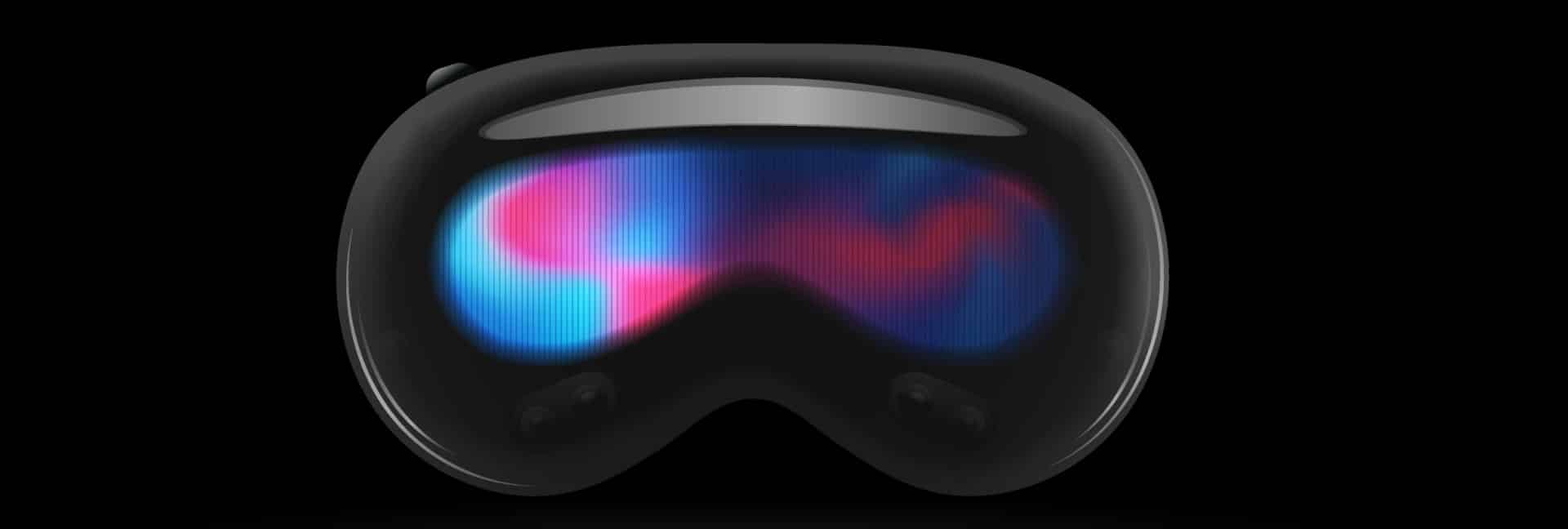The Oculus Quest is hands-down the VR headset we believe most people should get. It’s the best standalone headset at the moment, with advanced inside-out tracking, a healthy library of native standalone VR games and the killer ability to connect to a computer and act as a full Oculus Rift.
The Quest has been an unqualified success for Oculus it seems. It’s the new minimum standard for standalone VR, something that’s all but confirmed by their recent decision to discontinue the 3DoF Oculus Go.
It hasn’t been very long at all since the Quest was first released and Oculus have been steadily upgrading it through software updates with the aforementioned Link function and crazy camera-based hand tracking technology. Still, rumours of a “Quest 2” just won’t die and there have been numerous “leaks” that seem to confirm the announcement of such a product is imminent.
The Quest’s Weaknesses
I’ve spent several months with the Oculus Quest now and, while I still think it’s a brilliant piece of kit, it’s far from perfect. I haven’t yet had the chance to try the new Rift S, but coming from my consumer edition Rift, the Quest is generally quite a step up.
The biggest problem that the Quest has is bulk and comfort. Oculus have made this a very front-heavy headset and the straps have a distinct lack of cushioning. So prolonged use leads to a mildly sore set of cheekbones. I’ve modified my own Quest with strap and face cushion replacements, but Oculus has no excuse not to address the comfort issue in its new device.
The only other major weaknesses of the Quest, besides slightly old hardware, comes from its display system. The OLED displays still have the “chicken wire” effect that’s now starting to be addressed in the VR market. They are only 72Hz panels and the field of view isn’t something to write home about. There’s no official figure for it’s definitely at least 90 degrees, but 110-degrees or more is quickly becoming the new benchmark. With the holy grail being full peripheral vision at some point in the future.
That’s not to say that the Quest is bad in the visual department. Playing something like Half Life Alyx using Link mode, the feeling of immersion is total. We would all love to see improvements in this area, but the Quest is good in its own right.
What The Quest 2 Rumours Say
There’s no way to tell which rumours about the Quest 2 are likely to be true or not. There’s no confirmation that there even will be a Quest 2. Although it’s reasonable to assume that Oculus is working on some sort of update for the headset.
That’s just it actually. As a first generation device, the Quest is an amazing first try, so do we really expect a new Quest to be radically different?
The rumours indicate that we might know one way or another 15 September 2020. Rumours have been floating around since March. When a new device was listed on the Oculus Developer’s site. The device is codenamed “Del Mar” and its controller the “Jedi Controller”.
Upload VR did a great analysis of the Jedi driver and based on what they found, some of the most substantive improvements in the next Quest might in fact be in the controllers. These could include LED motion tracking that is twice as frequent, a more precise motion sensing package, better haptic feedback and new finger position technology.
Bloomberg also published details about the upcoming headset in May. Stating that the Quest 2 would get a bump up to at least 90Hz for its displays, as much as a 15% size reduction and a 20% reduction in weight. Changes to the strap system to make it more elastic seem aimed at better comfort as well.
Twitter user “WalkingCat” has a reputation for accurate leaks and is responsible for the image I put up under the title. Of course, these days anyone can make a product render on their computer, so a huge grain of salt is needed.
What We Want To See In a New Quest
Regardless of what the truth is behind the Quest 2, there are quite a few things I would like to see in a new unit. Some of these are already addressed in the rumours. Such as a lighter, smaller, more comfortable headset.
However, the biggest official feature I personally want is wireless tethering! We’ve seen low-latency wireless tethering in headsets such as the HTC Vive, with the right attachments. So it is possible. Would it work for the Quest? Well in a way it already does. Using SideQuest along with the Virtual Desktop app, users have managed to create a wireless tether between the Quest and their gaming computers. I haven’t tried this myself yet and the optimal solution involves a pretty convolution setup of dedicated routers and ethernet cables.
I don’t think that Oculus would go that route however. Consider how successful the latest Oculus Link update has been. It’s now possible to use a USB 2.0 cable for link. This I have tried for myself and it works perfectly. Which, to me, makes it feasible that Oculus could come up with some sort of wireless USB dongle which connects directly with the Quest 2. Link already uses the USB bus for everything, there’s no HDMI on the current Quest. So I don’t think it’s total madness.
If a Quest 2 could offer both improved standalone VR and wireless PC-grade, room-scale VR, it could dominate the VR market overnight.







